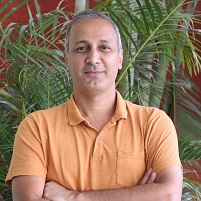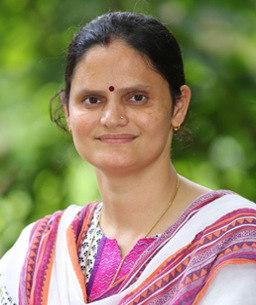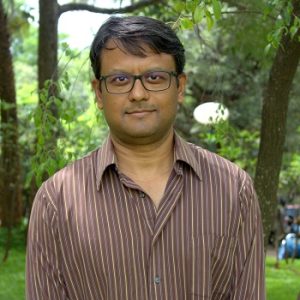He is involved in diverse fields including machine learning (ML), 2D materials, thermoelectrics, catalysis, optical properties, topological materials and defects using density functional based approaches. In field of machine learning, Prof. Singh's group focuses on the development of advanced materials database and building ML based models for accurate prediction of specific properties. His group has established India's first computational materials database aNANt (http://anant.mrc.iisc.ac.in/), which consists of electronic and structural properties of 25000 MXenes. This database is currently the world's largest database on 2D materials.









